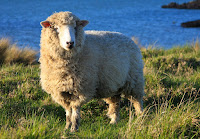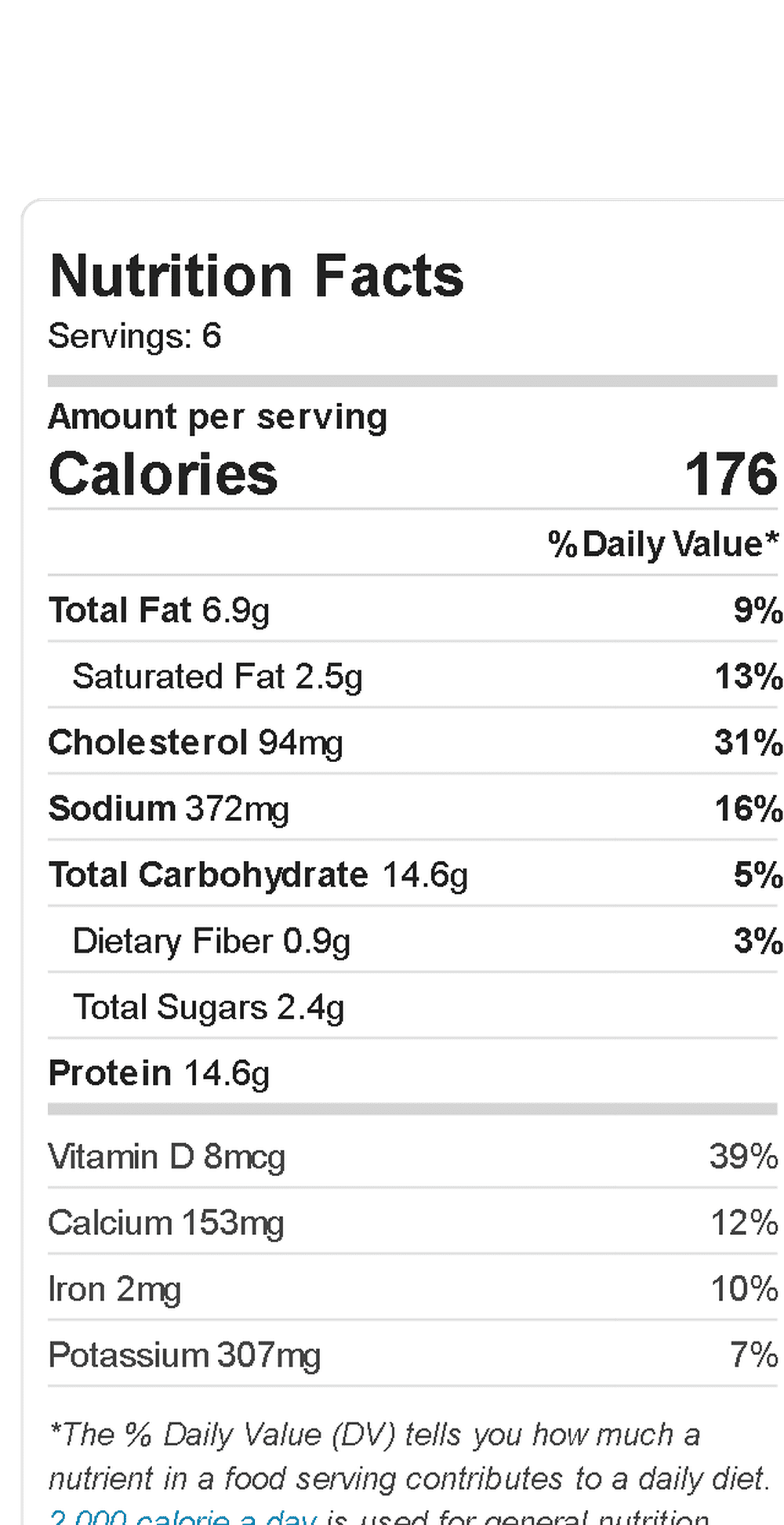 |
| Todd Maisel, for The Brooklyn Eagle |
As a middle-aged female of partly Eastern European stock, I am by nature nicely insulated for cold weather. As long as I have the proper clothing I can stay as warm and comfortable outside as I am right now sitting indoors at my computer, even if the temperature goes down to 10F (it rarely gets colder in NYC). However, I've realized over the years that certain fibers are better than others for the purpose of staying warm, and I wanted to share this information with you all. Two tropically-reared friends -- a college pal and a roommate -- once appreciated this information enough to tell me that although they still hate winter, they now feel it won't necessarily kill them.
You can make a good argument for synthetic fibers/fabrics these days; I own a thinsulate blanket and love its light warmth, and it certainly is a breeze to clean. But nothing beats natural fibers. Your body understands them and works with them.
So we've touched on the fact that a hat is essential for staying warm. I leave it up to you what hat you choose, but suggest it contains at least some wool and covers your head at least down to the tops of your ears. But what to wear on the rest of you? Here's a review, by fiber type, to help you choose everything from base layers to outerwear. And how to clean it.
 |
| Silk worm, cocoon, and filaments |
As a base layer, this fiber is an excellent first defense against chill. Get a pair of silk long underwear, a long-sleeved top and leggings, both with comfy but snug cuffs. The material should be thin enough to fit under all but your tightest clothing. Shop around; you can get tops and bottoms for a total of $50 or so. Silk breathes very well, so you should not have problems wearing long underwear indoors unless your home or workspace is horribly overheated. How to clean silk: if your garment is dyed, I like Martha Stewart's instructions. If not, I find silk long underwear can be washed inside a mesh bag in a load of cold, gentle-cycle laundry using a delicate-wash detergent, preferably with the Woolmark label. I use Woolite (rarely) for stained or heavily soiled silk, Ecover Delicate Wash for normal wear, and Eucalan for end-of-season wash of lightly used garments.
Wool
 |
| Merino Sheep |
How to clean wool (and mohair): First off: dry cleaning isn't necessary! I’ll show you how to handwash, and I promise it’s less effort than you think.
First off: This might gross you out a bit, but your wool garments will last longer if you wear them a few times before washing, and then wash them by hand.
To wash by hand will occupy a big sink or the bathtub for an hour, most of it rest time. Get some Eucalan, a special wool soap (not expensive at bulk sizes) that you do not rinse out, because gently squeezing the soapy water out of your garment will flush out most dirt.You can get the unscented kind and add your own essential oils; I like a mixture of cedar, rosewood, and lavender to help deter moths. Put a squirt or two of Eucalan in the sink or tub right under the tap (cool, not cold water) as it's running. You will need a two-inch depth of water. Just lay your garment gently on the surface of the soapy water, and walk away: let it sink in and soak for about an hour. You can gently, slowly push garnents below the water line if they’re taking more than 20 minutes to sink, buy Do Not Agitate: moving wool garments around in water, even cool water, tends to shrink them. At the end of the soak, move the garment to the side and let the sink drain. Gently press down on the garment to expel water. After pressing out as much water as you can accomplish in the sink,* lay your damp garment flat on one or two old towels, roll up like a jelly roll, and squeeze. Then lay the garment flat on a fresh towel (or even a special mesh drying rack like this or this — the latter is my fave for its small size when compacted), and let air dry; unless your home is really humid (above 50% humidity), a thin sweater will be dry by the next day, and thick sweaters in one more day. Your woolens will be soft and clean. The natural lanolin in Eucalan will soak into the fibers and keep them pliant. Any other treatment -- even delicate wash soaps like Woolite -- will strip wool fibers and leave them vulnerable to breakage. That's what makes wool itchy (to be fair, cheap wool garments will always be scratchy - they are made of low-quality, short wool fibers that either come unspun or break easily, leaving shreds that stand out like tiny prickles, like split-ends on human hair).
* If you’re washing a lot of wool and/or silk garments regularly like me, I highly recommend the Nina Soft spin dryer. Place it in the tub, load your damp garments, and it will spin out more water than the towel method can achieve.
Non-sheep wools
 |
| © R.T. Willbie/Animal Photography |
 |
| Yes, there's a rabbit under there. © ItsNature |
Do not confuse this with "angora," not technically a wool, since it's made from the hair of the angora rabbit (left), which gives garments a kind of furry halo; it is much more delicate than mohair, so best for items you wear infrequently. To clean angora: for 100% angora garments, dry-clean only, but if it's a blend, you can probably hand wash as for wool/mohair.
Mohair varies in fineness and quality according to the youth and breeding of the animal. Most mohair is a bit scratchy; I generally don't wear it against the skin. The finest variety is kid mohair, which is from the first shearing of a young angora goat. To clean mohair, see wool (above).
 |
| © AnimalSake |
 |
| ©Peru Hop Curious about the difference between Llamas and Alpacas? |
Summary so far: wool plus silk should do
Wearing silk underwear plus a wool sweater should take care of your warmth needs in almost any situation. However, you may not wish to dress in layers. In this case you want to move on to the next levels of fiber warmth: feathers and fur.
Feathers
 |
| ©Vero Linens |
When I launder a down garment or my comforter, I use Nikwax Down Wash. It takes some time, but I prefer this to the expense and toxicity of drycleaning. I recommend that anyone living in areas where winter temperatures stay below freezing (32F) for weeks at a time get herself a down coat that reaches at least to mid-thigh and has a hood. If you wear a close-fitting hat under the hood (and be sure you're wearing a decently thick wool sweater too), you should be comfy down to 0F. Add a mohair scarf to cover the lower half of your face and provide extra insulation around your neck, and you should be comfy in windchills down to -20F.
Ethical stuff/trigger alert: wool and feathers are collected from animals who remain alive after the process; silk is made from the cocoons of moth pupae who are killed in the process. The final fiber in this list, fur, requires the slaughter of an adult mammal.
Fur
This fiber is controversial in my culture. But when you're dealing with serious wind chill -- here are definitions of the federal government's wind chill warnings, plus a handy wind chill chart -- well, there's nothing like putting another skin between you and that cold. Especially if it's furred. Think about buying used or vintage fur garments if you feel uncomfortable about supporting the fur industry.
 |
| Ushanka, literally "ear flap hat" |
I have stopped at the level of the fur hat. Perhaps at some point I will own a fur coat; however, that seems to be a level of luxury that just doesn't jibe with my idiom. One needs a certain amount of glam and the right setting -- perhaps transportation in a chauffeured Bentley -- to "do" a fur coat well. I saw a lady tourist on the subway once, sporting a beautiful ankle-length fur coat, and it was ridiculous. She might as well have been wearing a "you can mug me now" sign around her neck.
To care for fur garments, a professional fur cleaner is your best option, though I suppose these tips from wikihow could work, and these brushes are rather pretty.
* I don't like the idea of animals dying to keep me warm. But as an omnivore, I engage in that transaction almost every day. At least, if I wear something made of fur, the death of the animal is something I honor for years, even decades, of wear and careful storage.







